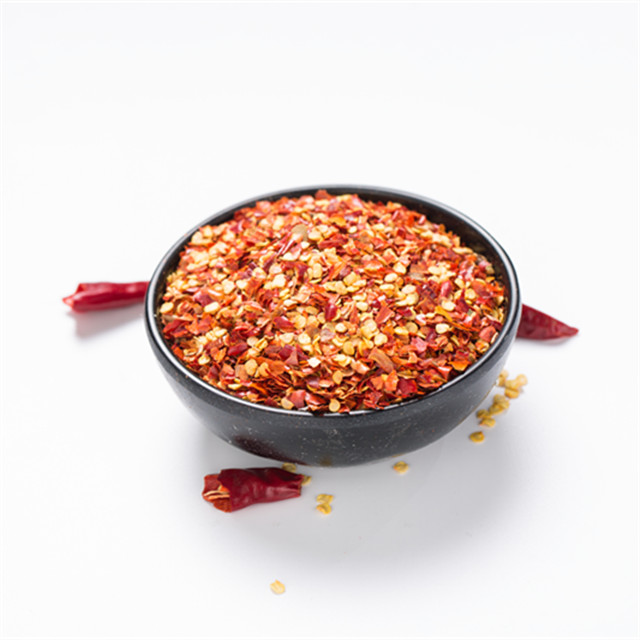The Versatility of Cellulose Ether Focus on HPMC
Hydroxypropyl Methylcellulose (HPMC) is a prominent cellulose ether that has gained significant attention across various industries due to its unique properties and versatility. Derived from natural cellulose, HPMC is modified to enhance its performance and functionality, making it an invaluable ingredient in a wide range of applications, from pharmaceuticals to food production.
The Versatility of Cellulose Ether Focus on HPMC
In the pharmaceutical industry, HPMC is widely utilized as a binder in tablet formulations. Its film-forming properties ensure that active ingredients are released at a controlled rate, enhancing bioavailability and therapeutic efficacy. Furthermore, HPMC is used in ophthalmic solutions and artificial tears due to its ability to retain moisture, providing relief for dry eyes. Its biocompatibility and lack of irritation make it a suitable choice for drug delivery systems, emphasizing its importance in enhancing human health.
cellulos ether hpmc

The food industry equally benefits from the multifunctionality of HPMC. As a food additive, HPMC improves texture, moisture retention, and shelf life in various products, such as baked goods, sauces, and dairy items. It acts as a fat replacer, helping to reduce calorie content while maintaining a desirable mouthfeel, which is increasingly relevant in today's health-conscious market. Additionally, HPMC serves as a stabilizer in emulsions, preventing the separation of ingredients in products like salad dressings and mayonnaise.
The construction industry has also embraced HPMC for its properties that enhance the performance of cement and mortar formulations. HPMC acts as a water-retention agent, allowing for improved workability and extended open time, making it easier to apply and finish construction mixtures. Its use in tile adhesives ensures strong adhesion and reduces the risk of sagging during installation, demonstrating HPMC's significance in modern construction practices.
Moreover, HPMC is gaining traction in cosmetic formulations, where it serves as a thickening and film-forming agent. It enhances the texture and stability of creams, lotions, and gels, making them more appealing to consumers. The versatility of HPMC extends to personal care products, including shampoos and conditioners, where it helps improve product performance and user experience.
In conclusion, Hydroxypropyl Methylcellulose is a vital cellulose ether that showcases remarkable versatility across multiple sectors. Its unique properties, such as solubility in cold water, film-forming capabilities, and biocompatibility, make it an essential ingredient in pharmaceuticals, food, construction, and cosmetics. As industries continue to seek innovative solutions and sustainable materials, HPMC is poised to play a crucial role in shaping future formulations and applications.
-
Rdp Powder: Key Considerations for Wholesalers in the Building Materials IndustryNewsJul.08,2025
-
Key Considerations for Wholesalers: Navigating the World of Hpmc - Based ProductsNewsJul.08,2025
-
Hpmc Detergent: Key Considerations for WholesalersNewsJul.08,2025
-
Key Considerations for Wholesalers: China Hpmc For Tile Adhesive, Coating Additives, Concrete Additives, and MoreNewsJul.08,2025
-
Crucial Considerations for Wholesalers: Navigating the World of Construction MaterialsNewsJul.08,2025
-
Key Considerations for Wholesalers Sourcing Additive For Cement, Additive For Concrete, Additive For Putty from Additive Manufacturer Shijiazhuang Gaocheng District Yongfeng Cellulose Co., Ltd.NewsJul.08,2025




